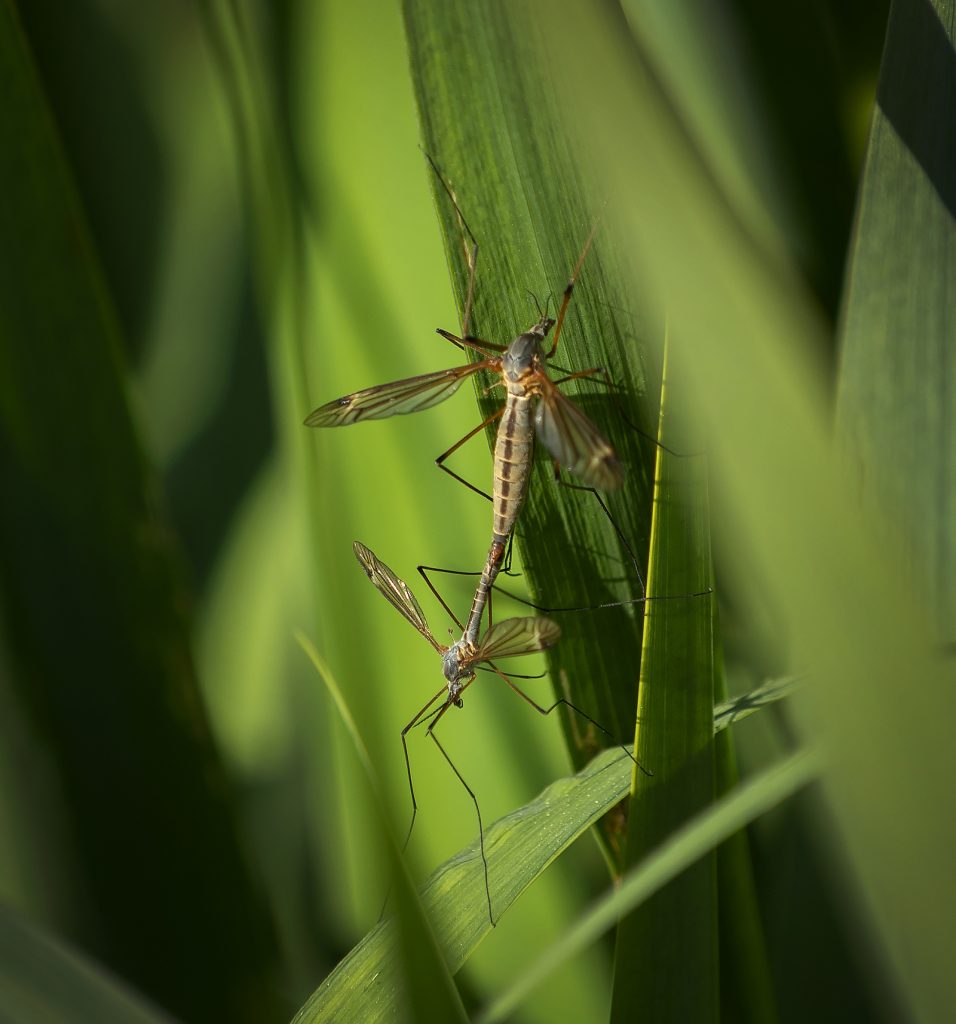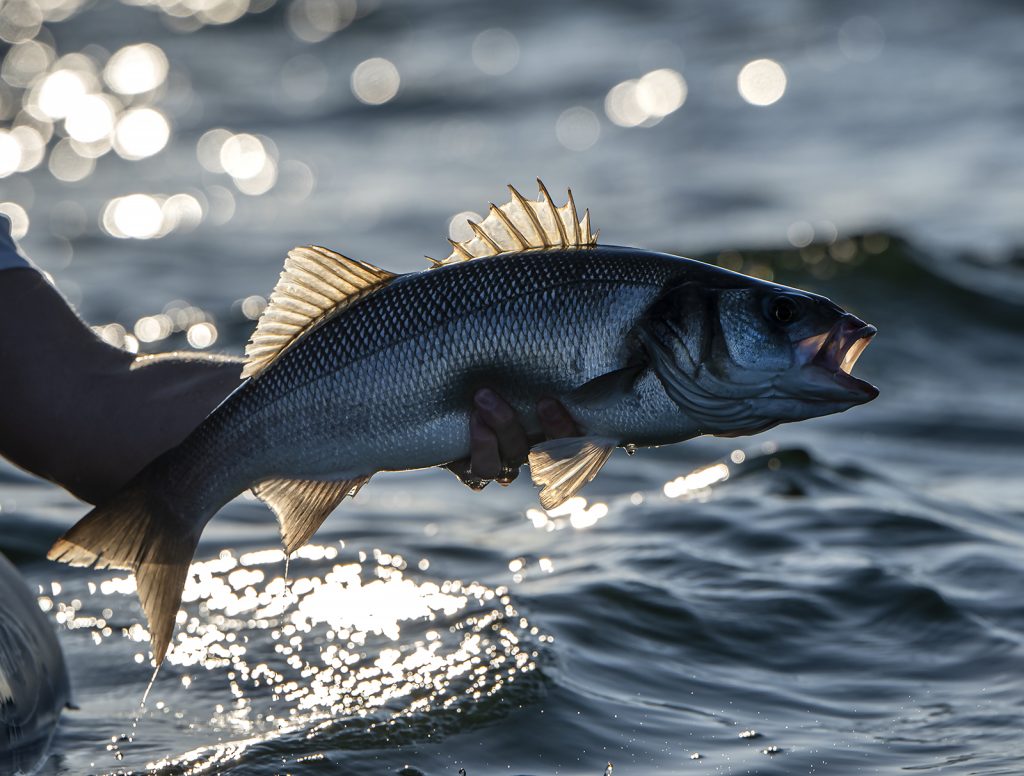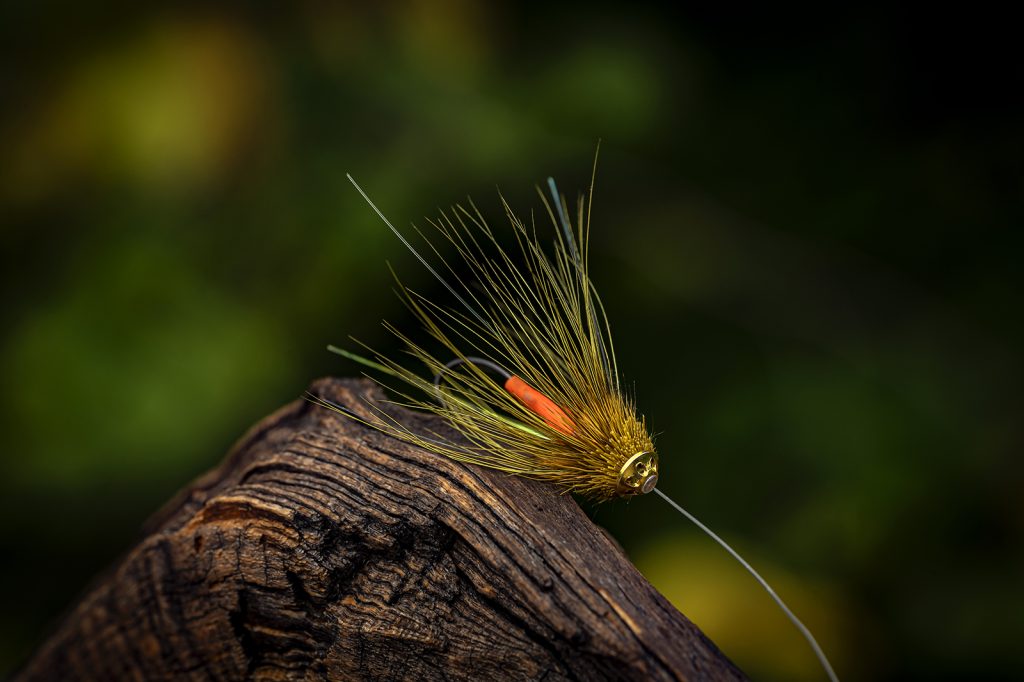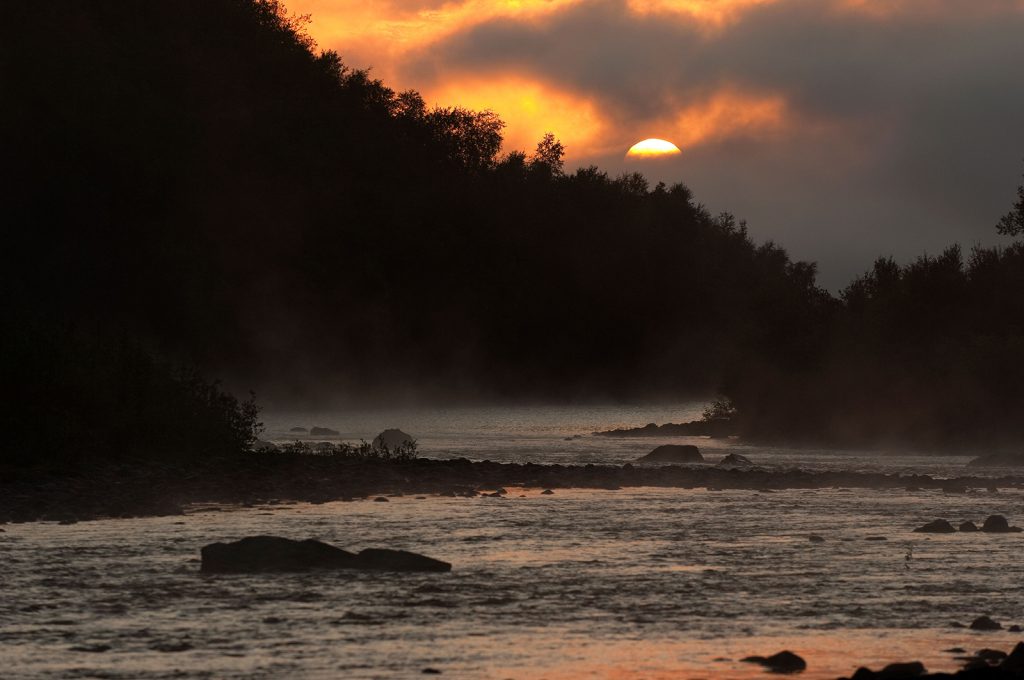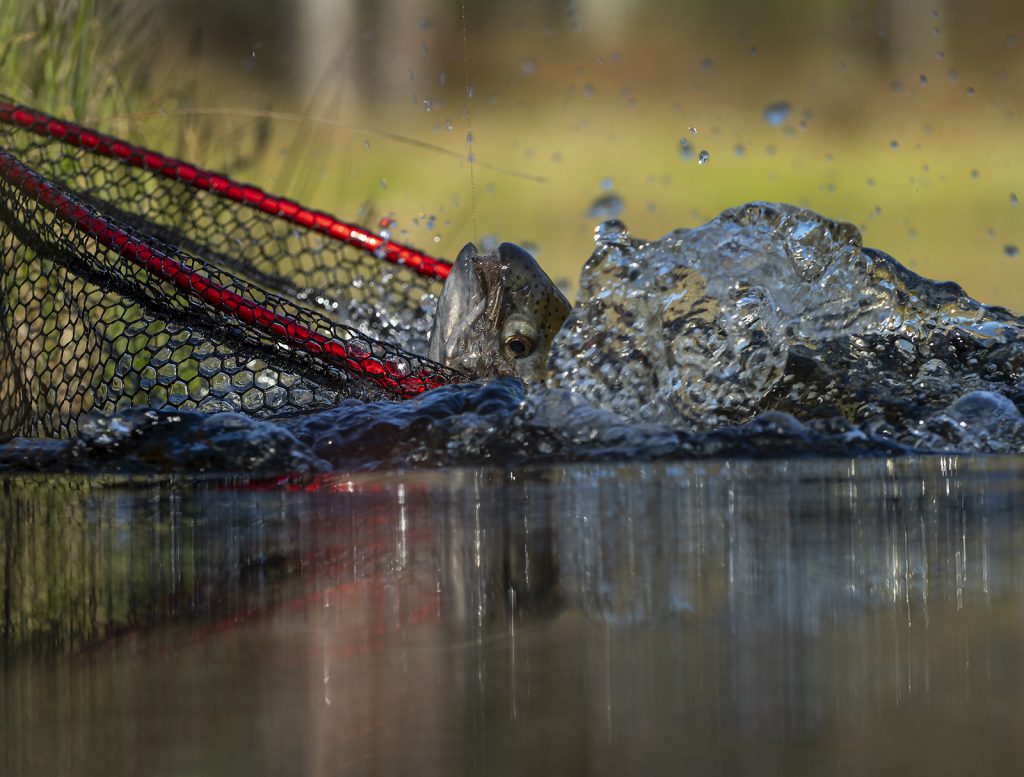
It can sound a little strange but you’ll never hear me say that I love fishing, trout or something like that. To me the phrase love is reserved for human beings, my loved ones. That said, there’s a few things around fishing especially fly fishing and fly tying that are so close to my heart that it resembles love. Sitting in the evening sun with my fishing buddies, they are among my loved ones, catching a strong trout or spending a whole cold winters day in front of my vice, brings me a joy I can’t live without. The latter got a twist. I’m, if not in love, then pretty intrigued by a feather.
- This artickel is written by Danish photojournalist Søren Skarby



